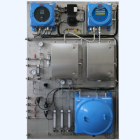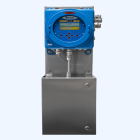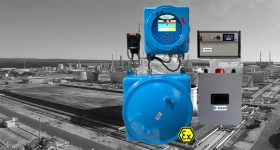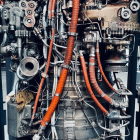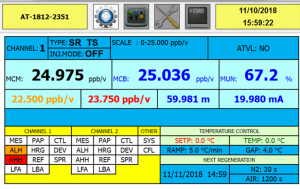Products.
Our product line consists mainly of a range of on-line process analysers, specifically designed to measure sulphur compounds in a process gas or liquid stream. In addition to process analysers we have some products packaged as bench or rack mount for laboratory applications.
Gas analyser
Liquid analyser
Laboratory analyser
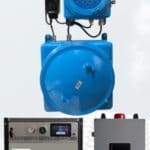
LASERSMART – MULTI GAS ANALYSER
THE MOST ROBUST MULTI GAS ANALYZER AVAILABLE
Our innovative photoacoustic spectrometer is based on patented Helmholtz resonance cell combined with Laser Diode, Tunable Diode Laser or Quantum Cascade Laser suitable for trace gas and bulk gas detection.
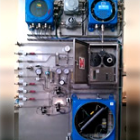
NOVASULF™ II TG500
The metered sample is mixed with a continuous flowing stream of hydrogen. The mixed gases are heated together in a reducing catalytic furnace at a temperature between 650°C and 1200°C, depending on application, where the sulphur compounds in the sample are converted to H2S.
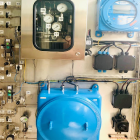
NOVASULF™ II HL500 series
The Analyser consists of a stripping system coupled with a NovaSulfTM H2S Analyser. The liquid sample enters the top of an insulated, heated sample handling cabinet via a flow controller to maintain a constant sample flow. Nitrogen flows down a vertical tube to a sintered plug located within the liquid and then flows up through the liquid. As the nitrogen mixes with the liquid hydrocarbons it strips out the dissolved H2S in the liquid.
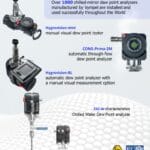
NOVASULF™ H500WATER AND HYDROCARBONS DEW POINT ANALYSER
Over 1000 chilled-mirror dew point analyzers
manufactured by Vympel are installed and
used successfully throughout the World
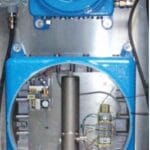
WATERSULF™ SERIES
Measures dissolved H₂S and calculates Total Dissolved Sulphides (TDS)
Principle based on electrochemical H₂S micro-sensor at a pH range 0 … 8.5

LABNOVASULF™
Laboratory Total Sulphur Gas/Liquid Analyser LABNOVASULF™
Principle: Chemical reduction colorimetric detection.
Rangeability: 0-250 PPB up to 0-5000PPM.
Monitoring: By a PC via a propriarity Software.
Installation: Laboratory bench, safe area.

